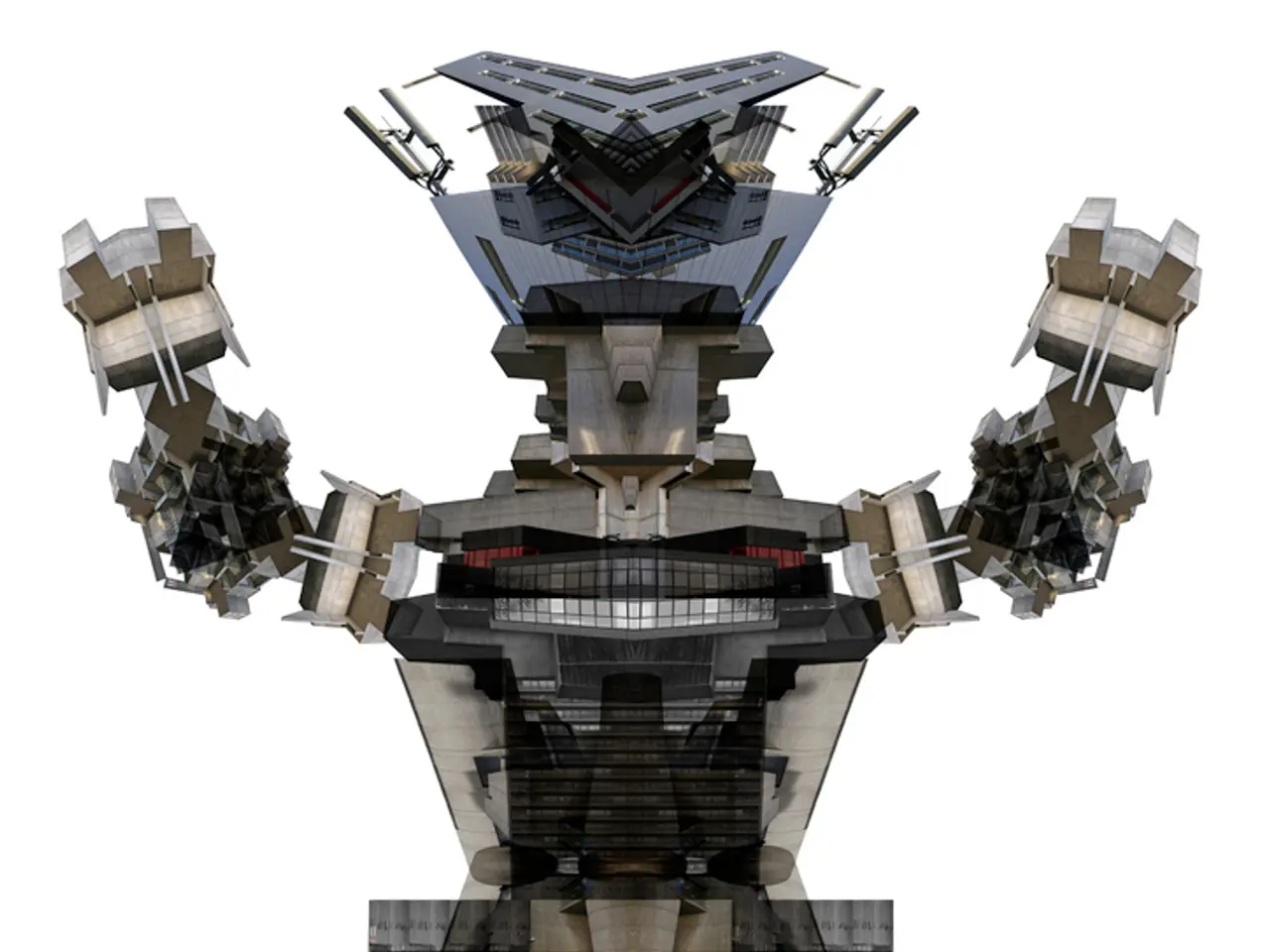Military robots integrated into Kazakhstan's Army force
In the modern world of warfare, robots are becoming an increasingly integral part of armed forces across the globe. Kazakhstan is no exception, as it has integrated robotic systems into its military operations, primarily for reconnaissance and combat support on land and water.
One of the advanced unmanned ground vehicles Kazakhstan has adopted is the KOZ robot dog, unveiled by Turkish defense firm Roketsan in 2025. This four-legged unmanned vehicle is equipped with four laser-guided METE missiles and electro-optical systems, enabling it to conduct both reconnaissance and active combat roles on challenging terrain. It can operate both remotely and autonomously for up to 2.5 hours, making it suitable for special operations and frontline combat scenarios.
The KOZ robot dog enhances operational capabilities by allowing troops to conduct scouting, target acquisition, and missile strikes with reduced risk to personnel.
In the realm of water-based robotic systems, unmanned surface vessels (USVs) are widely adopted for maritime military applications, including reconnaissance, surveillance, mine detection, and neutralization, as well as search and rescue operations in dangerous conditions. Although there is no explicit reference to Kazakhstan's deployment of USVs, similar robotic technologies are increasingly a part of modern armed forces.
Kazakhstan's arsenal also includes the underwater robot-inspector K-Ster-I. This vehicle can explore the seabed landscape, find explosive objects, and transmit their coordinates. The counter-mine remote underwater vehicles K-Ster-C are designed for destroying underwater mines at depths up to 300 meters. These robots are designed to perform complex and dangerous combat tasks, helping to save time and human resources, and increase the combat capabilities of units.
Another robot in their arsenal is the maneuverable remote-controlled Eye Drive. This robot conducts video and audio reconnaissance of hard-to-reach objects and areas, and can infiltrate buildings and transmit information to an operator's tablet at a distance of 50 meters.
In a notable instance, the commander of the mine-sweeping vessel "Atalau", Adilet Bagdatbayev, noted that the identifier Kster-I was sent to investigate the points found by Ali-Ster-A9, another remote underwater vehicle that has found mine-like objects.
While specific Kazakhstan-operated water-based robots are not detailed in the search results, and it is not mentioned whether K-Ster-C vehicles have been tested in combat operations, the use of such robotic systems helps Kazakhstan expand its reconnaissance and combat capabilities, similarly to neighboring countries’ usage of robotic platforms.
In conclusion, Kazakhstan's use of robots in armed forces for land combat and reconnaissance missions, as well as their use of robotic systems on water, aligns with the broader adoption of advanced robotic technologies in modern warfare. These robots, such as the KOZ, K-Ster-I, and Eye Drive, are designed to perform complex and dangerous combat tasks, helping to save lives and increase the combat capabilities of units.
Technology plays a crucial role in enhancing the operational capabilities of Kazakhstan's armed forces, particularly in the areas of land combat and reconnaissance. For instance, the KOZ robot dog, equipped with advanced technologies, is deployed for both reconnaissance and active combat roles.
In the maritime domain, Kazakhstan has also integrated underwater robots like the K-Ster-I for mine detection, exploration, and neutralization purposes, demonstrating the nation's embrace of advanced technology in modern warfare.




